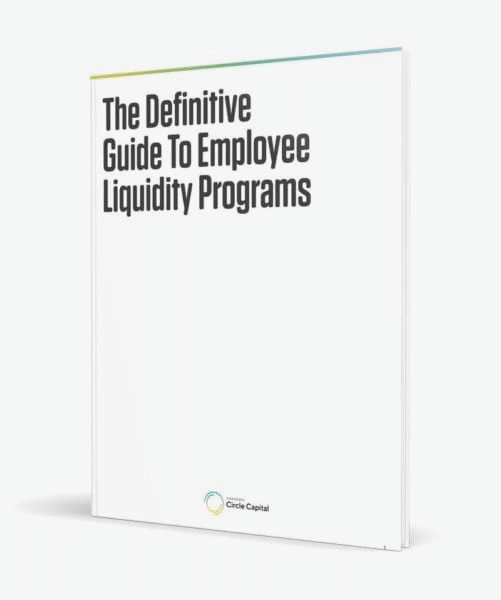Introduction
How to Run a Successful Liquidity Program
By now, it’s not really news: Silicon Valley startups are staying private for much longer than they once did.
While delaying life in the public markets may be good for business, it has dramatically postponed the time when employees can profit from their stock options, which have long been the Valley’s prime talent recruiting and retention tool.
Employees can see the value they’ve built in company stock, but they can’t access it. Meanwhile, life’s demands — college loans, a mortgage, a kid’s school tuition — keep accumulating. As employees look for solutions, their interests and those of their company might diverge.
Late-stage private companies understand this problem. They’ve started taking steps to help employees, founders, and early investors to realize just enough liquidity to alleviate financial pressures. This way, everyone can focus on long-term company building. But doing so in a way that aligns the interests of all stakeholders — the company, the board, outside investors, and employees — requires careful planning and execution.
Here at Founders Circle, we’ve handled an array of employee liquidity programs that do just that. We believe they’re the best way for pre-IPO companies to reward employees while protecting themselves. We’re not alone. A growing number of companies are implementing these programs — and they’re doing so at an earlier stage. Nasdaq Private Market facilitated a record 90 such transactions in 2020, up from 87 in 2019 and 77 in 2018.
In this report, we’ll take you through the new dynamics around stock options and other forms of equity compensation at late-stage startups, exploring the conflicts and the regulations that concern both executives and employees. Then, we’ll explain in detail how to implement employee liquidity programs that benefit employees and startups as well as their executives and investors.







